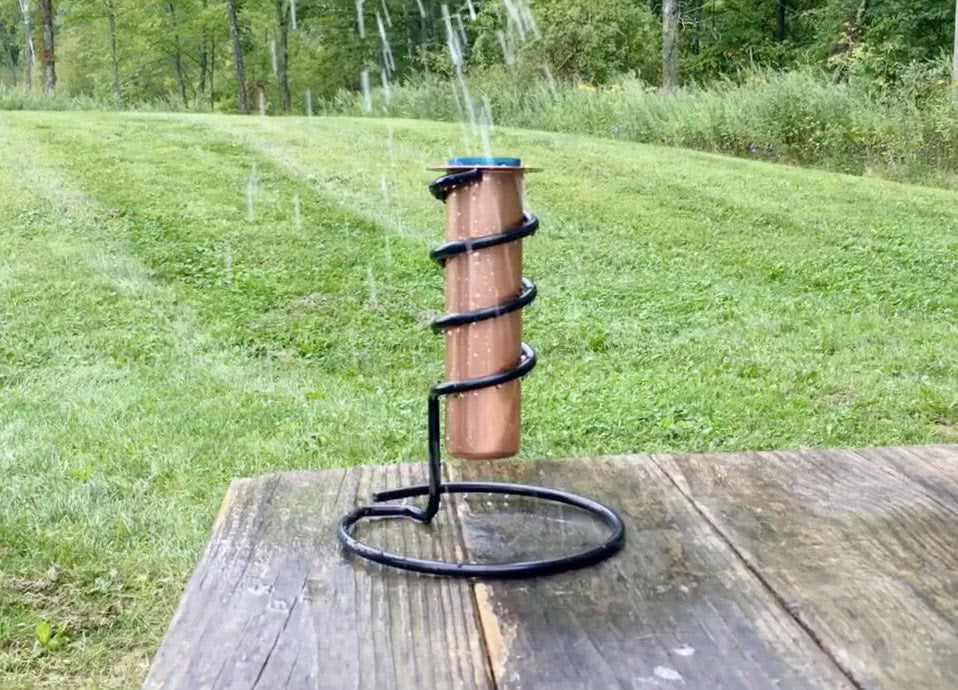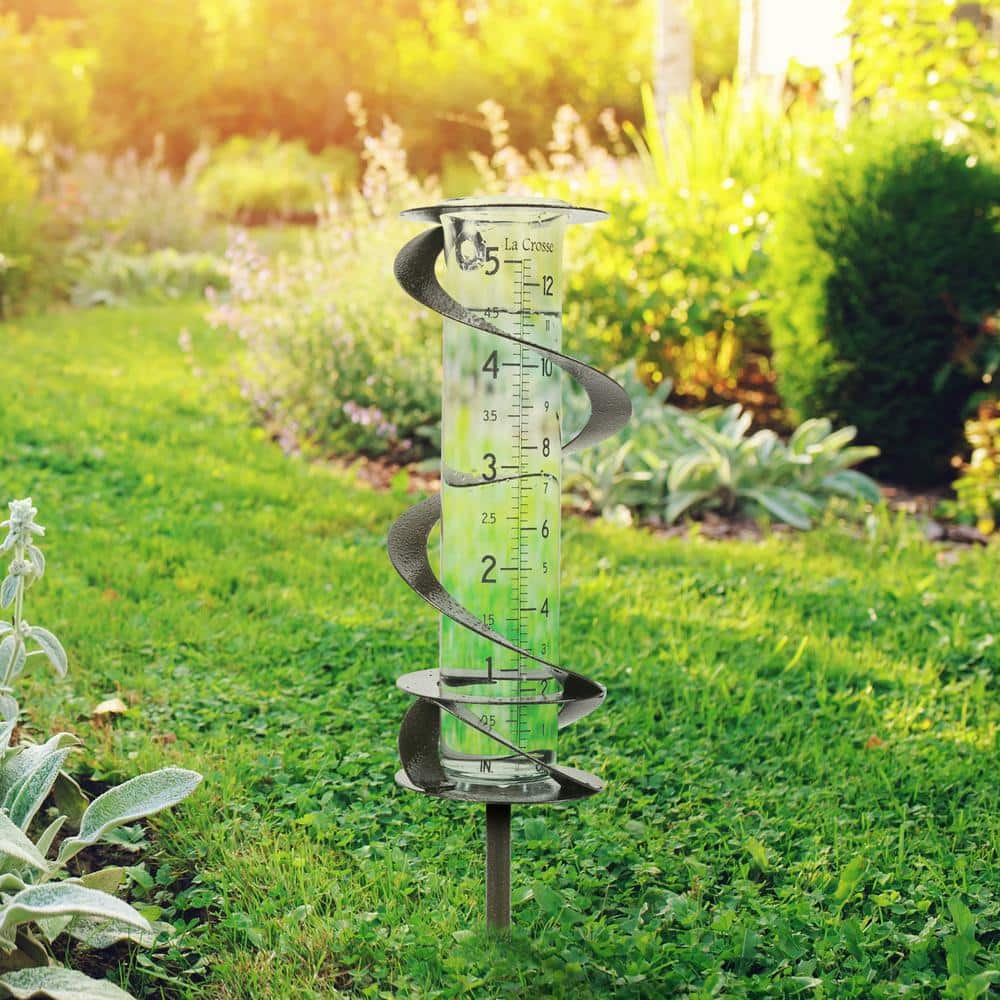Your Go-To Resource on The Rain Gauge: Benefits and Practical Applications
Your Go-To Resource on The Rain Gauge: Benefits and Practical Applications
Blog Article
Recognizing Rain Scale Dimensions: A Full Overview
Understanding Rainfall Scale Dimensions: A Total Overview is a thorough source for any individual seeking a deeper understanding of rainfall gauge dimensions. Rainfall is an essential consider various markets, consisting of water, weather forecasting, and agriculture resource monitoring. This overview intends to offer viewers with a complete understanding of the importance of rain gauge measurements, the various kinds of rain assesses readily available, and just how these dimensions are gotten and interpreted. In addition, it discovers the variables that can affect the accuracy of rain scale readings and supplies useful suggestions for obtaining exact dimensions. Whether you are a specialist in the field or merely have a curiosity regarding rainfall measurement, this overview will certainly furnish you with the expertise required to efficiently use rain scale dimensions.
The Importance of Rainfall Gauge Measurements
The importance of rain gauge measurements depends on their function as a critical tool for precisely monitoring and assessing precipitation degrees - The Rain Gauge. Rain scale dimensions offer valuable data that assists hydrologists and meteorologists understand patterns and patterns in rainfall, which subsequently aids in numerous fields such as farming, water resource management, and climate research study

Precise rains dimensions are necessary for farming as they aid in determining watering requirements, plant growth, and return predictions. Farmers depend on this information to make enlightened choices concerning when to sprinkle their plants, stopping water waste and making sure optimal crop health. Additionally, rains information aids in assessing the effect of dry spells or excessive rains on plant production, making it possible for farmers to take appropriate procedures to decrease losses.
Water source monitoring heavily depends on rainfall scale measurements to determine the amount of water available in lakes, tanks, and rivers. Specific dimensions enable water supervisors to make educated decisions about water allotment and circulation, ensuring lasting usage and avoiding lacks. This info is particularly critical in regions where water deficiency is a pushing problem.
Furthermore, rain scale measurements play a vital role in environment study. By accurately gauging rains over prolonged periods, researchers can examine long-lasting environment patterns and recognize adjustments in precipitation patterns because of climate modification. This data assists policymakers and scientists establish strategies to adapt to and reduce the effects of climate adjustment.
Sorts Of Rainfall Scales
There are various kinds of rainfall assesses utilized to measure precipitation precisely. Each kind has its very own advantages and restrictions, making them ideal for various functions and atmospheres.
The most typical sort of rainfall scale is the basic cylindrical gauge. It includes a cylindrical container with a broad funnel-shaped top to collect rain (The Rain Gauge). The water is after that channelled right into a graduated gauging tube, enabling exact dimension of the quantity of rainfall
An additional type is the evaluating rain gauge. Weighing rainfall determines are especially valuable in locations with icy precipitation or heavy rainfall, as they are not affected by spraying or evaporation.
Tipping bucket rainfall assesses employ a mechanism that suggestions a small container each time it accumulates a specific quantity of rain. The number of pointers is taped and made use of to compute the rainfall. This kind of gauge is frequently used in automated weather condition terminals as a result of its low upkeep demands and capability to offer real-time data.
Lastly, there are radar-based rainfall determines that use radar innovation to approximate rains. These determines determine the intensity of rains in a particular location by assessing the reflected radar signals. They are especially valuable for determining rainfall over huge locations or in remote places.
How Rainfall Gauge Measurements Job
Rainfall scale measurements are based upon the principle of collecting and gauging the quantity of precipitation. These instruments are designed to record rainwater and offer an exact measurement of the rainfall in a specific area.
One of the most typical sort of rain gauge is the common round gauge. It includes a cylindrical container with a broad opening at the top to gather rainwater. The gathered water is after that channelled into a measuring tube, which is adjusted to give the measurement in systems of length, commonly millimeters or inches.
Another sort of rain scale is the tipping bucket gauge. It makes use of a seesaw-like system with two pails that tip when they get to a specific weight threshold. Each idea of the bucket represents a details quantity of rainfall, permitting specific measurements.
Some advanced rain determines are equipped with electronic sensors that immediately record and transmit information. These sensing units use numerous technologies such as ultrasound or laser to gauge the amount of rainfall properly.
Aspects Influencing Rain Gauge Precision
Ecological factors such as wind, temperature level, and atmospheric stress can considerably influence the precision of rain scale measurements. Modifications in climatic stress can also affect the accuracy of rainfall scale measurements, as they can modify the price at which rainfall is collected.
Operational variables, on the other hand, refer to aspects related to the style, installation, and upkeep of the rain gauge. The positioning of the rain scale in a location with blocked air movement or near trees or structures can result in imprecise readings due to clog or splattering of rains. Furthermore, inappropriate calibration or uneven upkeep of the rain gauge can likewise impact its precision.
To make certain the precision of rainfall scale measurements, it is vital to consider these factors and take ideal measures. This may entail choosing a suitable area for the rainfall gauge, making sure go to this website appropriate installation and maintenance, and frequently adjusting the tool. By addressing these aspects, precise and dependable rainfall dimensions can be gotten, which are vital for different applications such as weather condition forecasting, hydrological research studies, and farming.
Tips for Properly Measuring Rainfall
To make sure exact rains dimensions, it is critical to implement specific strategies and strategies when making use of a rain gauge. Right here are some suggestions for accurately measuring rainfall:
Appropriate Positioning: Place the rain gauge in an open location, far from trees, structures, and other blockages that may hinder the rainfall collection. It ought to be placed on a level surface to avoid water merging or drainage.

Check Out the Range Properly: When taking dimensions, read the water degree at eye degree from all-time low of the curve. Prevent parallax errors by straightening your sight straight with the water level.
Constant Time Interval: Set a consistent time period for determining rainfall, such as every 24 hours or after each rains event. This makes certain accurate tracking and contrast of rainfall data.
Record Measurements Without delay: Videotape rains dimensions immediately after collection to avoid dissipation or splilling. Use a rain gauge with a built-in data logging attribute for automated recording.
Conclusion
In conclusion, understanding rainfall gauge measurements is vital for accurately measuring rainfall. Various types of rain evaluates are available, each with their own advantages and restrictions. It is very important to consider factors that can affect the precision of rainfall scale measurements, such as wind, evaporation, and positioning. By complying with the visit this site right here tips provided, one can guarantee a lot Continue more specific and reliable rainfall dimensions.
Understanding Rainfall Gauge Measurements: A Full Guide is an extensive source for anybody looking for a much deeper understanding of rain gauge measurements. Whether you are a specialist in the field or simply have an interest concerning rainfall measurement, this guide will outfit you with the expertise needed to efficiently make use of rainfall scale measurements.
The most common type of rain gauge is the common round scale.The most usual type of rain gauge is the basic round scale.One more type of rainfall scale is the tipping pail scale.
Report this page